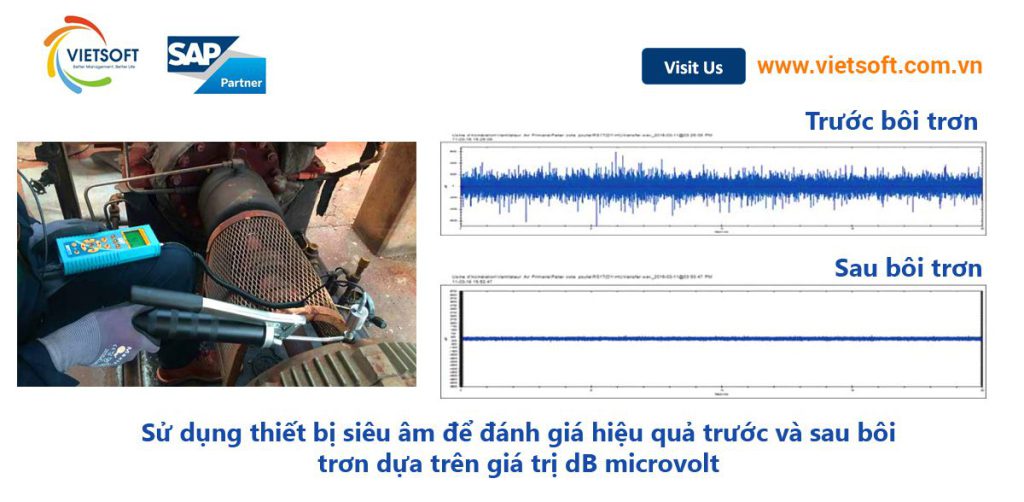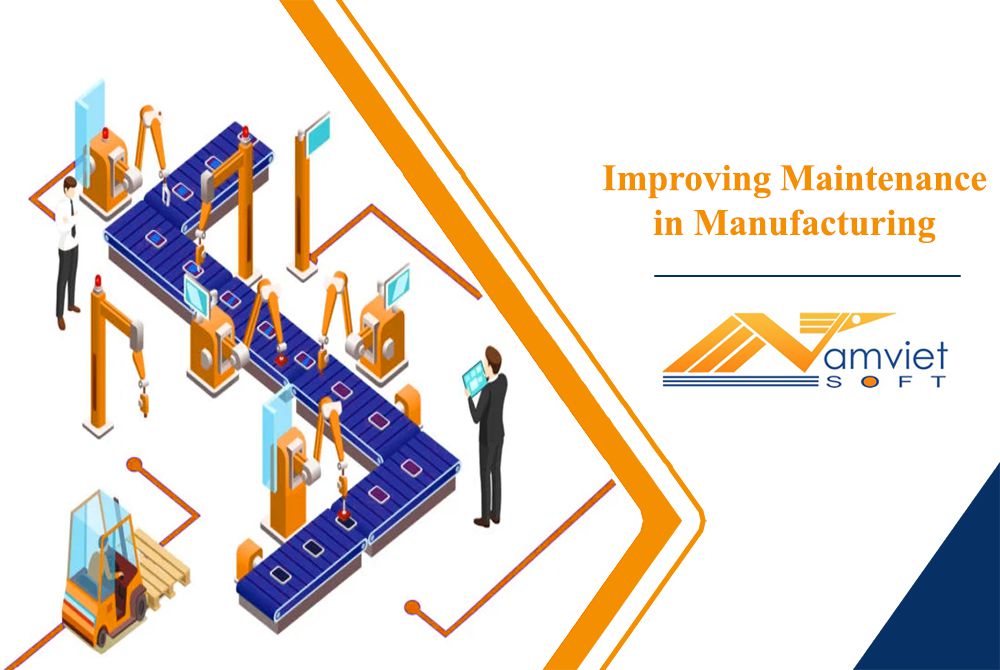3 sai lầm cần tránh để tăng hiệu quả bôi trơn vòng bi
Ma sát tồn tại xung quanh chúng ta. Nếu thiếu ma sát, chúng ta sẽ gặp khó khăn khi chạy, đi bộ, hoặc thậm chí đứng trên hai chân của mình. Chúng ta cần ma sát để lái xe và bay máy bay; và chúng ta cần ma sát để động cơ đưa bơm hoạt …
3 sai lầm cần tránh để tăng hiệu quả bôi trơn vòng bi Read More »










